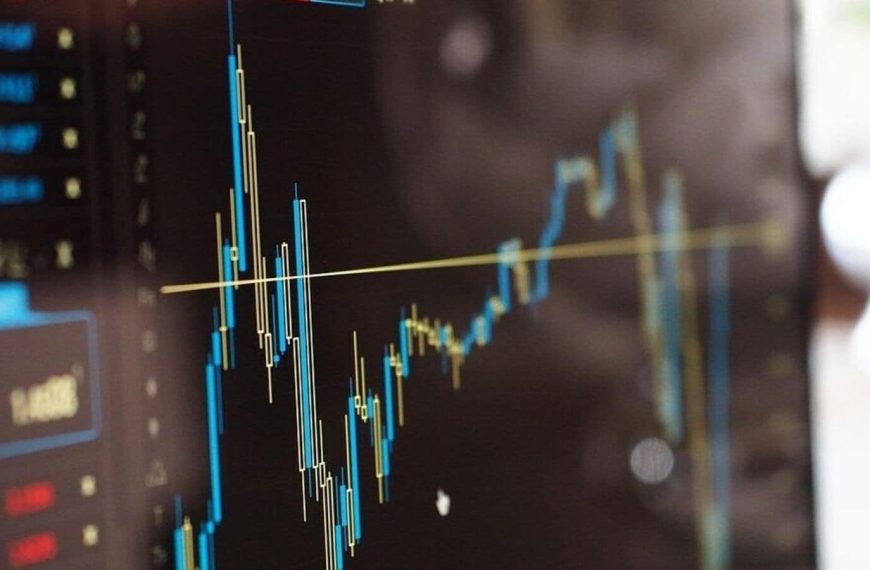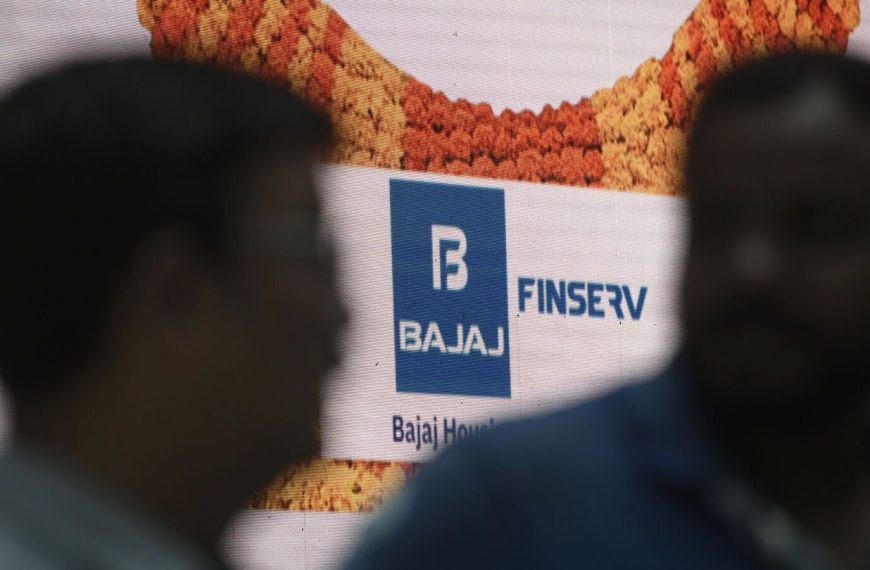In a recent press briefing, Marcelo Bacci, the Chief Financial Officer of Vale, warned that if iron ore prices fall below $90 per ton, a significant portion of global production could become financially unviable. This could lead to many producers halting operations, generating a potential increase in future prices. Analysts from Goldman Sachs and Mysteel Global predict that prices might dip under $85 per ton by year-end due to ongoing tariff uncertainties affecting the market.
Market Dynamics and Demand
Despite these challenges, Vale remains optimistic about the demand for its core product from China, which constitutes 60% of its sales. Bacci expressed confidence that iron ore prices would stabilize around $100 per ton, supported by consistent supply and consumption levels.
- Key Insights:
- Current price threshold: $90 per ton
- Potential low: $85 per ton by year-end
- Major market: China (60% of sales)
- Price forecast: $100 per ton
Strategic Product Development
To adapt to market fluctuations, the Rio de Janeiro-based company is shifting its focus towards maximizing value through a versatile portfolio tailored to client needs. Given the difficulties steel mills face, many customers are reluctant to pay a premium for higher-grade ore. In response, Vale is set to introduce a mid-grade iron ore product sourced from the Carajas region, which is renowned for its high-quality ore.
Rogerio Nogueira, Vale’s commercial executive vice president, noted that this new offering aligns more closely with market demand. The company anticipates launching this product within the next 12 months, aiming to better meet the needs of its clientele during these challenging times.
Conclusion
In summary, while Vale navigates a complex landscape shaped by price pressures and market demands, its strategic initiatives and product innovations aim to maintain a competitive edge. The introduction of the new mid-grade product could be pivotal for Vale as it seeks to adapt to evolving market conditions and ensure profitability in the face of potential price declines.











